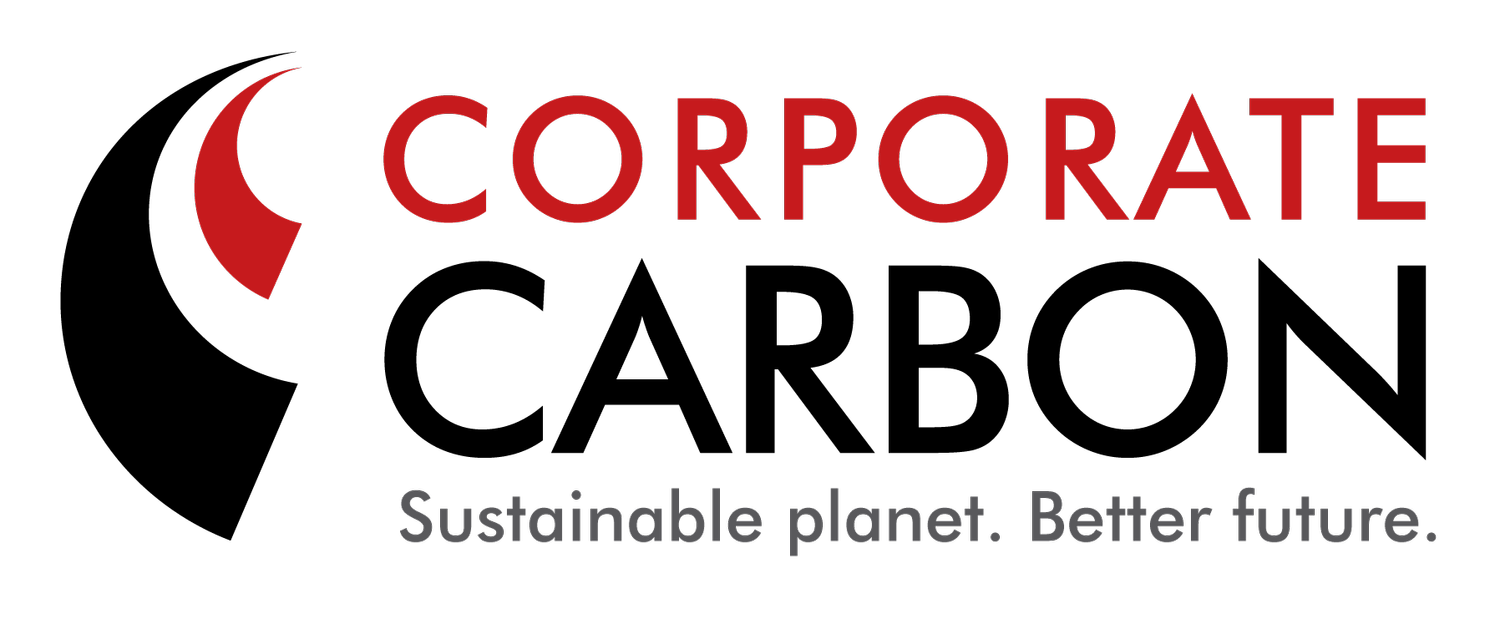9-11 February 2021 - North Australia Savanna Fire Forum
Co-Chairs of the Savana Fire Management Industry Working Group, Gary Wyatt (Corporate Carbon) and Kristina Koenig (Kimberley Land Council) presented as part of the Future of the Savanna Burning Method workshop at the North Australia Savanna Fire Forum, held virtually last week. Corporate Carbon's Julien Gastaldi also presented as part of the Fire in Cape York: QLD Panel.
Held virtually from Darwin from 9-11 February 2021, the 3 day forum was hosted by the Indigenous Carbon Industry Network (ICIN), thanks to funding from The Nature Conservancy Australia and the support and advice of the Savanna Fire Forum Working Group.
The Forum aims to facilitate discussion and enable the sharing of experiences from across northern Australia and identify critical issues for the future of the industry. Corporate Carbon’s Gary Wyatt and Julien Gastaldi participated in the 3 day program.
Gary Wyatt participated in the Future of the Savanna Burning Method workshop in his role as Co-Chair of the Savana Fire Management Industry Working Group. Wyatt and Co-Chair Kristina Koenig (Kimberley Land Council) presented The Savanna Fire Management Industry’s contribution to the development of a revised savanna fire management methodology. There were four main actions presented for discussion and industry input:
Continue to advocate for method fixed given uncertainty about timeline for new method – what are the next steps?
Continue lobbying for inclusion of Savanna Fire Management on next year’s priority list – via the Minister and Department.
Do we need a ‘task force’ for more detailed method development? Who should be involved?
Continue emphasizing the need for a good ‘front-end’ to FullCAM and opportunity for additional forecasting / planning / reporting tools.
Julien Gastaldi was on the Fire in Cape York: QLD Panel in his role at Natural Carbon, presenting a spotlight on Cape York Peninsula Savanna Burning 2020: Comparison of EDS & LDS for Generic Land Management Types. The presentation covered:
COVID challenges – access and travel restrictions – resulted in more aerial burning and fixed win burns than desired, but groups found a way to deliver the burns. Legal rights to burn have required greater attention as it has included COVID entry pass requirements (in addition to the usual fire permits). Some projects were impacted by late fires due to less ability to access country.
Comparison of early dry season (EDS) and late dry season (LDS) for generic land types – most significant increase in EDS is on indigenous areas. Pastoral areas on average have also reduced LDS fires. Projects that haven’t yet started projects have highest LDS.
There is now 40% EDS on Indigenous projects – is this too high? There is increasing focus on storm burnings within carbon projects.
Uptake of the 2018 Carbon method has been very low due to extra costs and reduction in emissions reduction component.
Noted not a lot of eligible vegetation types in low rainfall zone about the gulf.
Find out more about the North Australia Savanna Fire Forum here.
Image taken at the 2020 North Australia Savanna Fire Forum - source: savannafireforum.net

